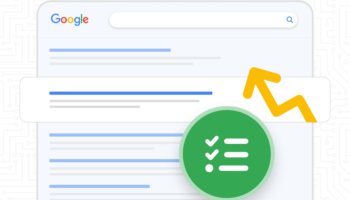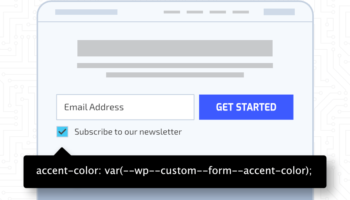Following the ebb and flow of search traffic throughout the year can help you plan for fluctuations in your business’s marketing performance. By leveraging seasonal trends, you can improve your rankings and earn more search traffic.
Using seasonality as a guide can help you plan for upcoming SEO projects and decide which ones will have the most impact on your business at a given time. Knowing when people are more likely to search for products or services like yours can help you forecast how your site will perform in the future.
You will need to look at historical data—and get started as soon as possible. It can often take 3-6 months to see an SEO impact, so it’s better to start planning now rather than later. Doing so will help you maximize your organic search traffic by focusing on what people are already searching for and how your business can meet their needs.
How do you determine the effects of seasonality on your site?
For some businesses, predicting seasonal trends may be simple: a florist’s traffic will spike in February, and retail stores will see traffic increases in December. These significant calendar dates like Valentine’s Day or Christmas, affect search trends. It’s also important to consider other factors, such as the arrival of each season or even weather-related trends that happen throughout the year.
No matter what products or services you offer, your business can benefit from seasonal SEO, and here are some tips to get you started.
Do Your Research
- The first step is to identify what kind of seasonal trends you’d like to tap into. You can do this by looking back at the previous year’s data, or even by looking into trending topics within your particular industry. Check out resources like Google Trends to help you on your seasonality research journey.
- Dig into Google Search Console and Google Analytics to evaluate trends, keywords, landing pages, and even revenue. If you aren’t using these Google tools, now is the time to start. They provide invaluable organic search information that can help guide your business and SEO strategies regardless of the season.
Analyze Your Current Content
- This is the perfect opportunity to review your content and optimize what you already have on your site. Again, using Google Search Console and Google Analytics offers a better view of content that is working and what isn’t. Google’s tools can also help you target your seasonal best sellers.
- Reworking current content and making seasonal categories is a great way to save time and resources. Reusing content also can help your business stay on brand and message. Note: When reworking content, remember that duplicate copy can negatively impact SEO so it’s reuse content carefully.
Make a Content Calendar and Share It With Your Team
- A content calendar is essential for any business. Keeping track of what you share on your website, social media, or any other digital marketing medium not only keeps you more organized, but it gives you a picture of what is working and what isn’t. This allows you to make smart content decisions and incorporate seasonal elements when needed.
- Another great benefit of keeping a content calendar and long-term digital marketing plan is that it’s the best way to ensure that you are not caught off guard by holidays, seasons, or other events. Being deliberate matters.
Identify Seasonal Keywords and Evaluate Keyword Difficulty Percentage
- When developing your seasonal plan, keep in mind all holidays, events, and seasons that might be relevant to your particular audience. Identify seasonal keywords and evaluate the KD%. Evaluating the KD% can help guide keyword usage.
- While some keywords are used all year long, others are used exclusively during certain times of the year. The trick is to get specific with long-tail keywords (the phrases that searchers are using when closer to the point of purchase). Use online tools to search for keywords that you may already be using and fine-tune them for seasonal content.
Don’t Miss Opportunities With Unique Meta Tags
- Title tags are crucial for SEO because they help Google understand what your page is about, so it knows how to rank it for relevant keywords. This matters more when seasonality is a factor. Keeping your tag between 50–60 characters ensures that it will appear in Google’s SERPs (search engine results pages) — giving you the best shot at showing up when it matters.
- Meta descriptions also play an essential role in helping search engines understand your web page at a glance. They impact how users perceive your content, improve CTRs (click-through rates), as well as increase conversions. Generally, it is recommended that meta descriptions stay between 150–160 characters in order for the full text to be displayed on SERPs. However, if the text is longer, Google will show the most relevant information and keywords to search users.
You might have a great website with valuable content, but if your site isn’t generating traffic when users are searching for your products and services, then it’s not doing its job. There’s no shortage of ways to improve your SEO. For more assistance with SEO for your site, contact the marketing experts at Hall today.





